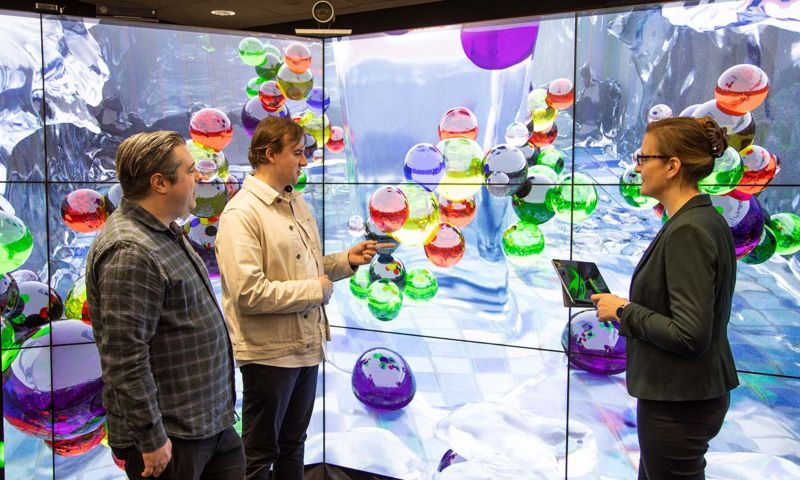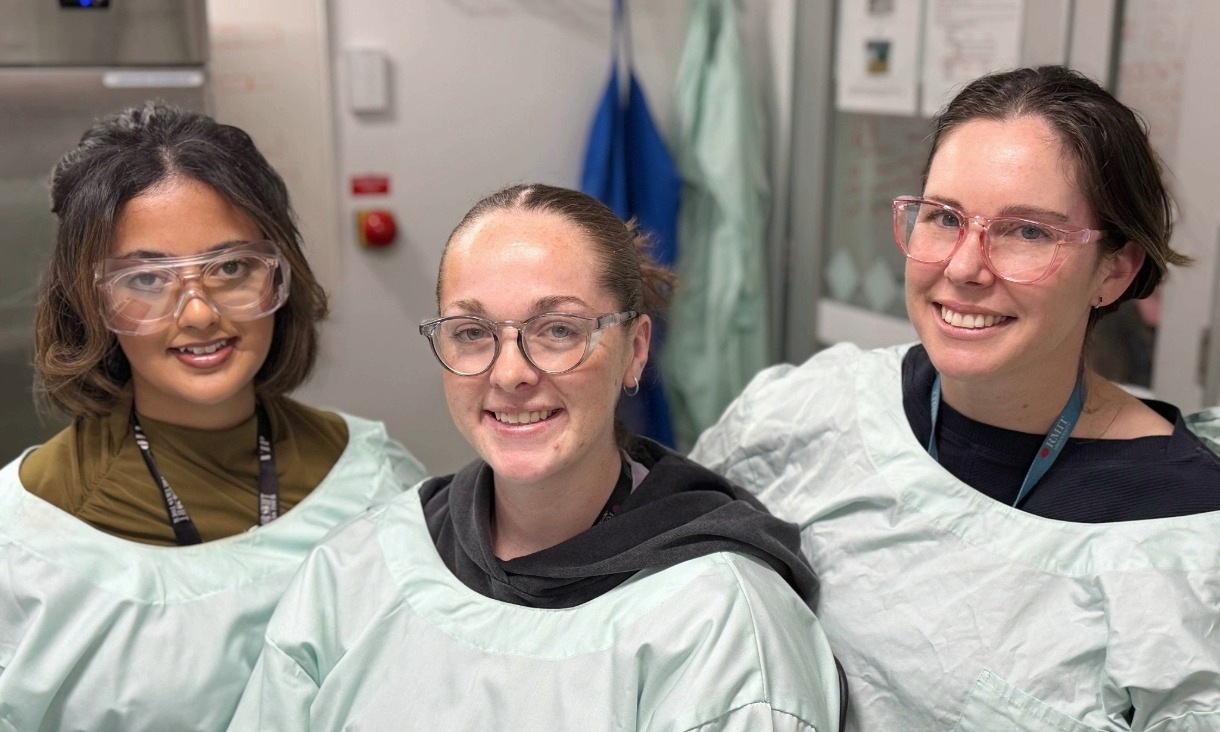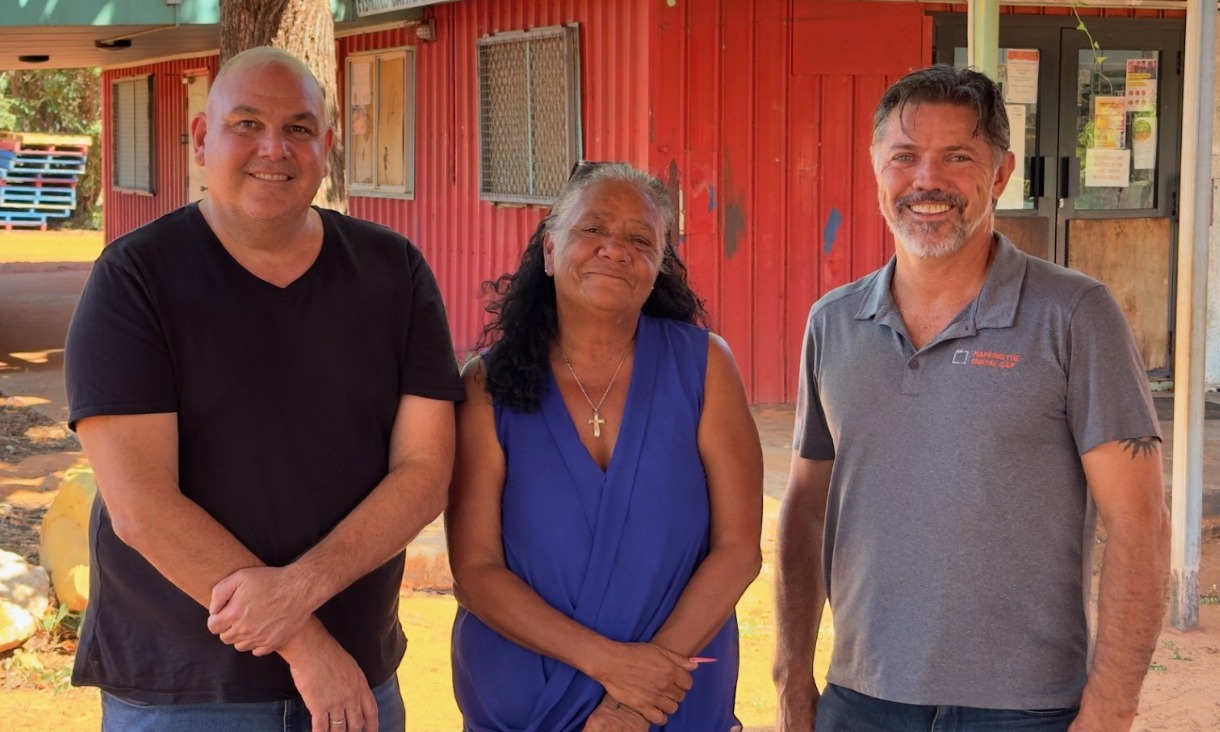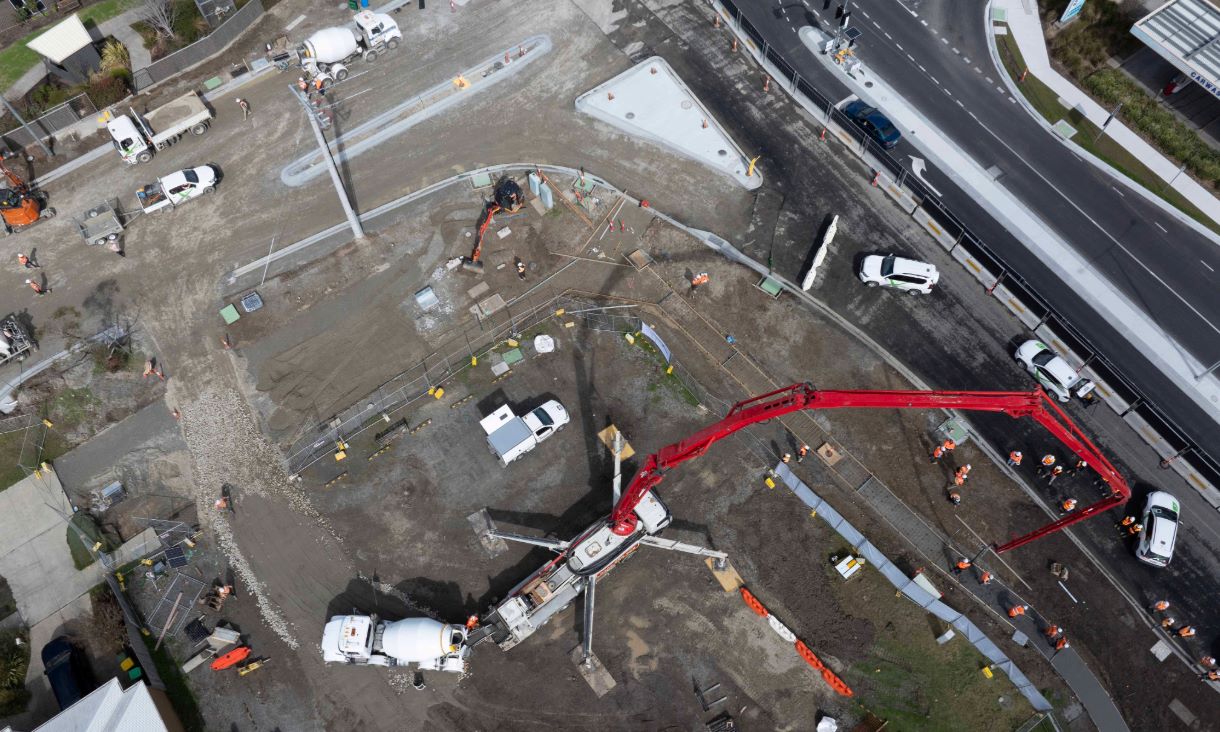“The team can identify specific features or molecules that might perform better and recommend them to experimental groups to test in the lab,” Osborne said.
“We are able to calculate how modifying the chemical structure of the electrolyte molecules in a battery can ultimately increase the effective capacity of lithium-based batteries.”
Osborne said the team can provide key information for reducing research time and costs, beneficial for progressing battery technologies in shorter timeframes.
“The computational approach we’ve developed dramatically speeds up the screening process, which would traditionally be prohibitively expensive and time consuming if each candidate molecule were to be experimentally synthesised and tested in the lab,” he said.
Next steps
The team is investigating further modifications of the electrolyte molecules that might widen their electrochemical stability, pushing the boundaries of battery storage capacity.
“We are also investigating modifications to lithium-air battery chemistry, which are still in the developmental phase, but could be even lighter and suitable for cutting-edge applications such as electric flight,” Spencer said.
The researchers use supercomputing facilities at the National Computational Infrastructure (NCI) Facility in Canberra and the Pawsey Supercomputing Centre in Western Australia.
“We are also using RMIT’s RACE Hub to analyse our data and produce high-resolution animations that help us to interpret our data and communicate our research findings,” Spencer said.
RMIT is collaborating with Amazon Web Services (AWS) and AARNet to be the first Australian university to implement a dedicated commercial cloud supercomputing facility. Known as RACE Hub, it is enabling true scalable and elastic high-powered computing to support digital innovation.
‘Towards higher electrochemical stability of electrolytes: lithium salt design through in silico screening’ is published in the Journal of Materials Chemistry A (DOI: 10.1039/D2TA01259F).
Story: Will Wright








